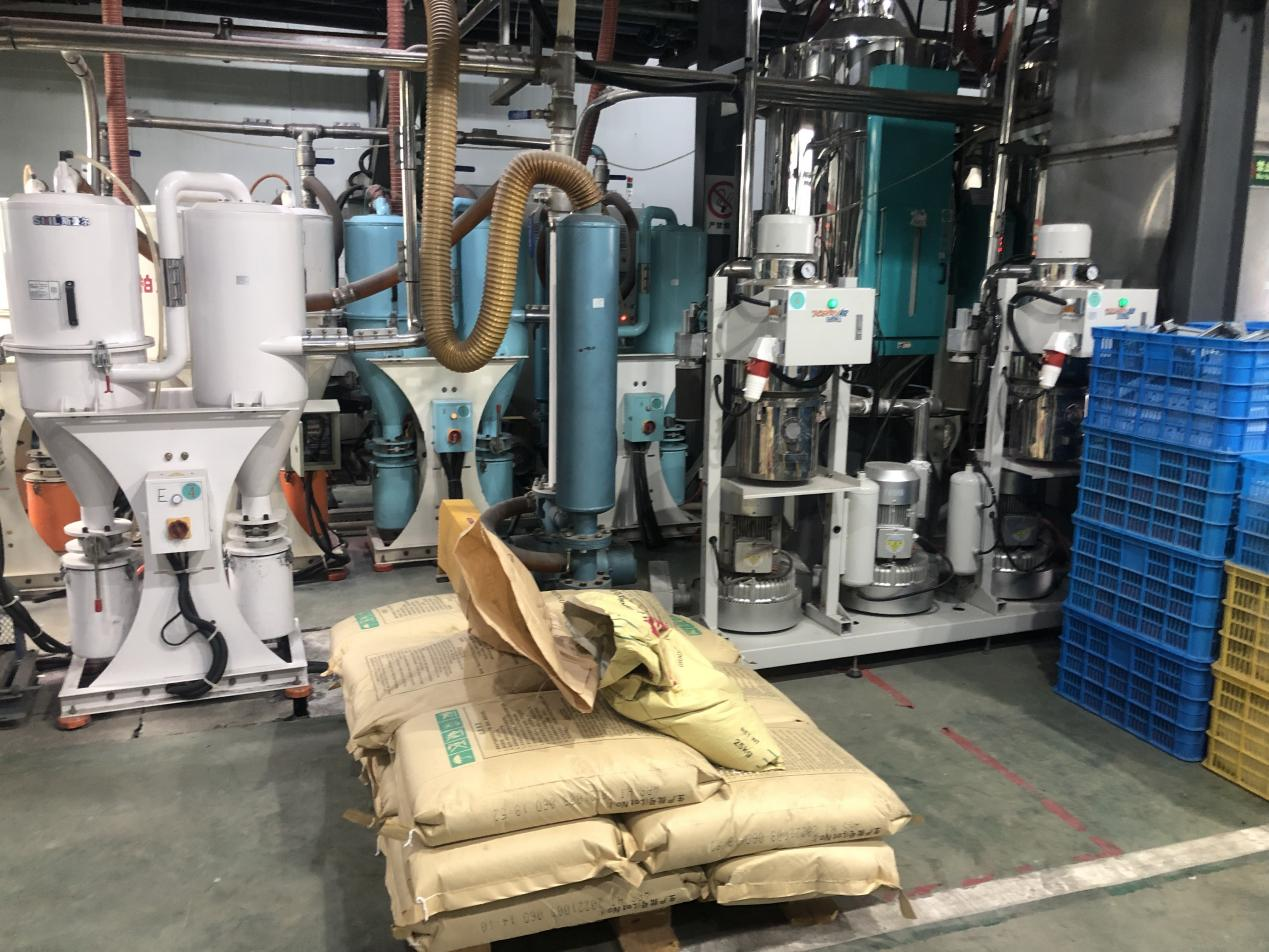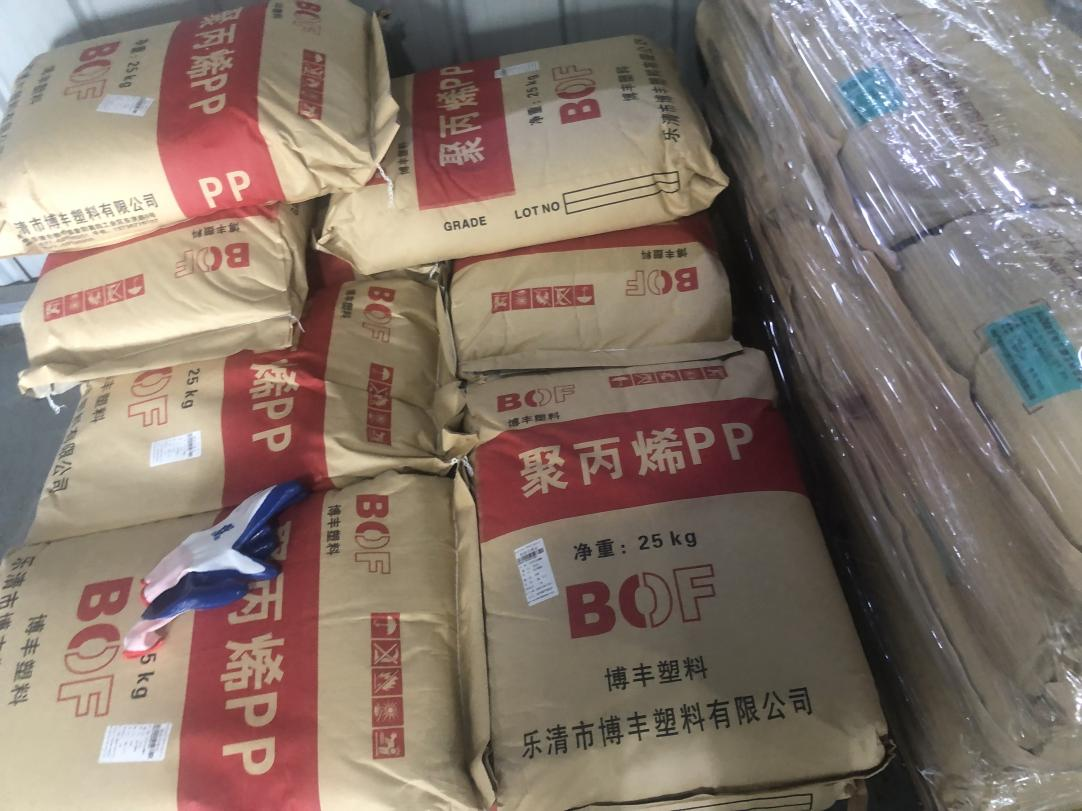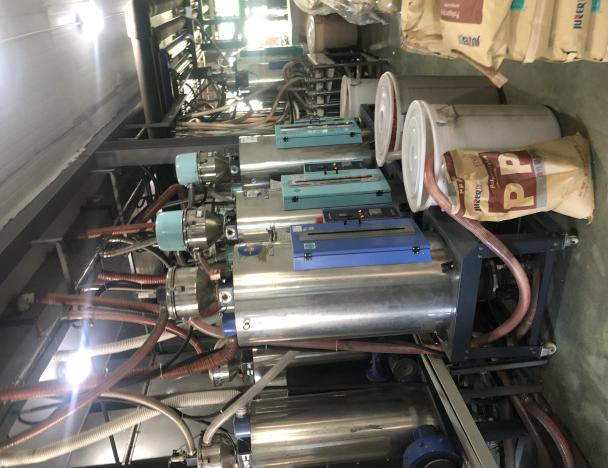By Andy from Baiyear factory
Upated November 2, 2022
Here is the news center of Baiyear’s injection molding industry. Next, Baiyear will divide the injection molding process into several articles to introduce the analysis of the raw materials of the injection molding process, because there are too many content. Next is the first article.

(1). PS (polystyrene)
1. Performance of PS:
PS is an amorphous polymer with good fluidity and low water absorption (less than 00.2%). It is a transparent plastic that is easy to form and process. Its products have a light transmittance of 88-92%, strong tinting strength and high hardness. However, PS products are brittle, prone to internal stress cracking, have poor heat resistance (60-80°C), are non-toxic, and have a specific gravity of about 1.04g\cm3 (slightly larger than water).
Molding shrinkage (the value is generally 0.004-0.007in/in), transparent PS – this name only indicates the transparency of the resin, not the crystallinity. (Chemical and physical properties: Most commercial PSs are transparent, amorphous materials. PS has very good geometric stability, thermal stability, optical transmission properties, electrical insulating properties, and a very small tendency to absorb moisture. It Resistant to water, diluted inorganic acids, but can be corroded by strong oxidizing acids such as concentrated sulfuric acid, and can swell and deform in some organic solvents.)

2. Process features of PS:
The melting point of PS is 166 °C, the processing temperature is generally 185-215 °C, and the melting temperature is 180~280 °C. For flame-retardant materials, the upper limit is 250 °C, and the decomposition temperature is about 290 °C, so its processing temperature range is wide.
The mold temperature is 40~50℃, the injection pressure: 200~600bar, the injection speed is recommended to use a fast injection speed, and the runners and gates can use all conventional types of gates. PS materials usually do not need to be dried before processing unless improperly stored. If drying is required, the recommended drying conditions are 80C for 2~3 hours.
Due to the low specific heat of PS, some molds can be quickly condensed and solidified when they are made to dissipate heat. The cooling rate is faster than that of ordinary raw materials, and the mold opening time can be earlier. The plasticizing time and cooling time are short, and the molding cycle time will be reduced; the gloss of PS products is better as the mold temperature increases.
3.Typical applications: packaging products (containers, caps, bottles), disposable medical supplies, toys, cups, knives, tape reels, storm windows and many foam products – egg cartons. Meat and poultry packaging trays, bottle labels and foamed PS cushioning materials, product packaging, household items (cutlery, trays, etc.), electrical (transparent containers, light diffusers, insulating films, etc.).

(2). HIPS (modified polystyrene)
1. Performance of HIPS:
HIPS is a modified material of PS. It contains 5-15% rubber component in the molecule. Its toughness is about four times higher than that of PS, and its impact strength is greatly improved (high impact polystyrene). It has flame retardant grade and stress crack resistance. grades, high gloss grades, extremely high impact strength grades, glass fiber reinforced grades, and low residual volatile grades.
Other important properties of standard HIPS: bending strength 13.8-55.1MPa; tensile strength 13.8-41.4MPa; elongation at break 15-75%; density 1.035-1.04 g/ml; The advantages. HIPS articles are opaque. HIPS has low water absorption and can be processed without pre-drying.
2. Process features of HIPS:
Because the HIPS molecule contains 5-15% rubber, which affects its fluidity to a certain extent, the injection pressure and molding temperature should be higher. Its cooling rate is slower than that of PS, so sufficient holding pressure, holding time and cooling time are required. The molding cycle will be slightly longer than that of PS, and the processing temperature is generally 190-240 °C.
HIPS resins absorb moisture slowly, so drying is generally not required. Sometimes too much moisture on the surface of the material can be absorbed, affecting the appearance quality of the final product. Excess moisture can be removed by drying at 160°F for 2-3 hours. There is a special “white edge” problem in HIPS parts, which can be improved by increasing the mold temperature and clamping force, reducing the holding pressure and time, etc., and the water pattern in the product will be more obvious.
4.Typical application areas: The main application areas are packaging and disposables, instrumentation, household appliances, toys and entertainment products, and the construction industry. Flame retardant grade (UL V-0 and UL 5-V), impact-resistant polystyrene has been produced and widely used in TV casings, business machines and electrical products.
To be continued, if you want to know more, please feel free to contact us. Baiyear is a large-scale comprehensive factory integrating plastic mold manufacturing, injection molding and sheet metal processing. Or you can continue to pay attention to the news center of our official website: www.baidasy.com , we will continue to update the knowledge news related to the injection molding processing industry.
Contact:Andy Yang
What’s app : +86 13968705428
Email: Andy@baidasy.com
Post time: Nov-29-2022






